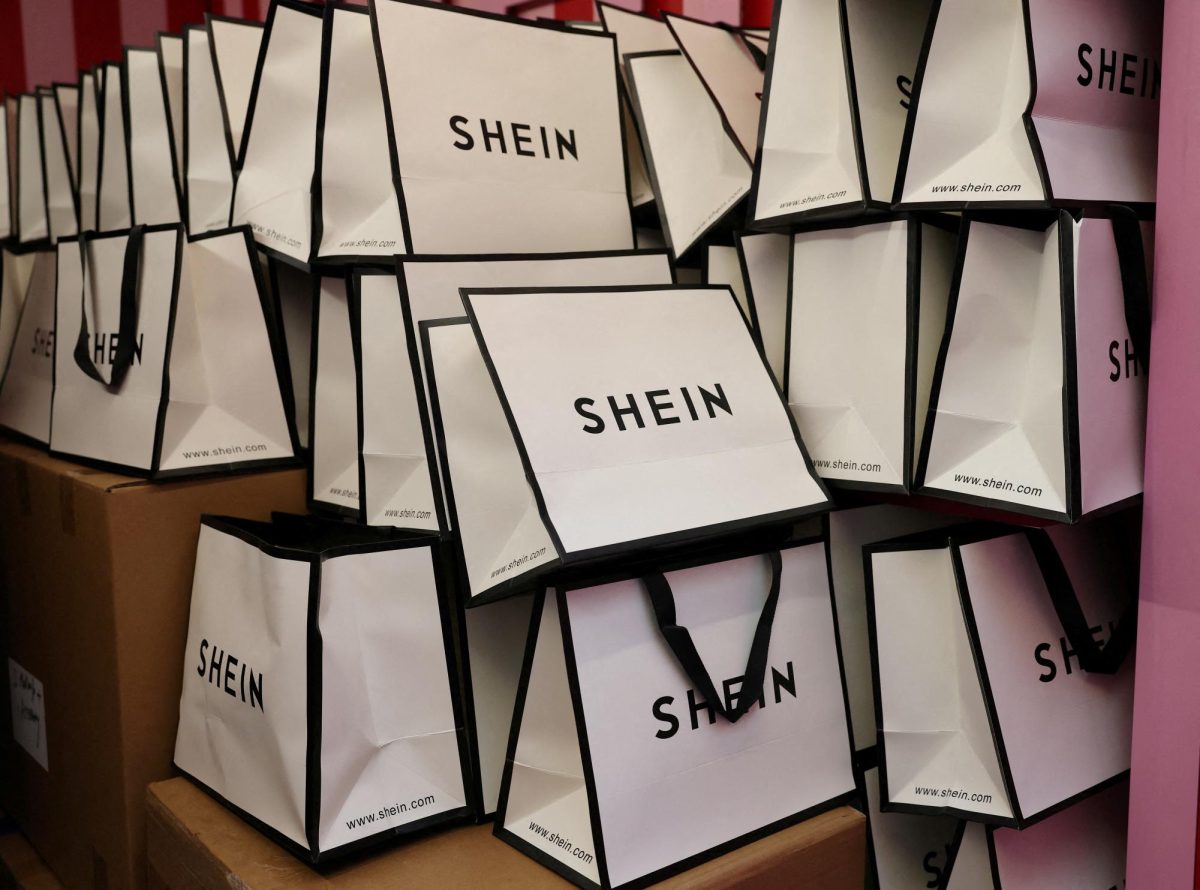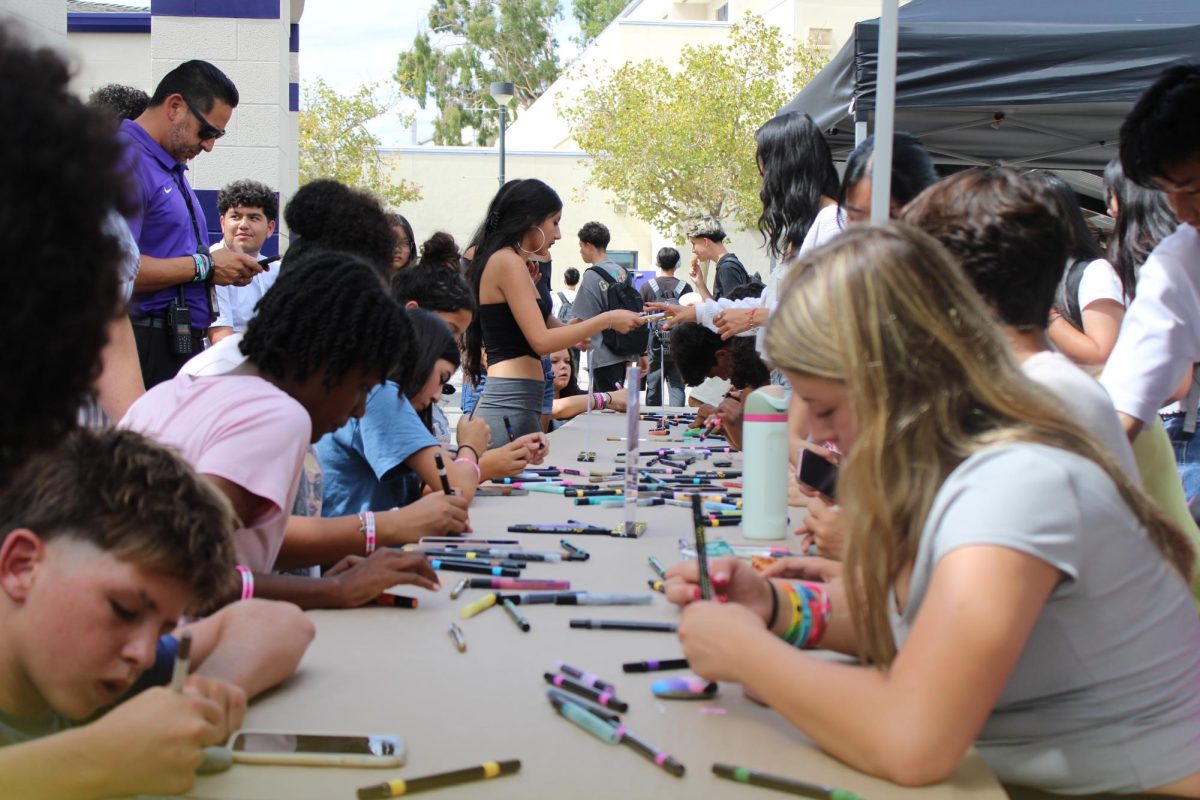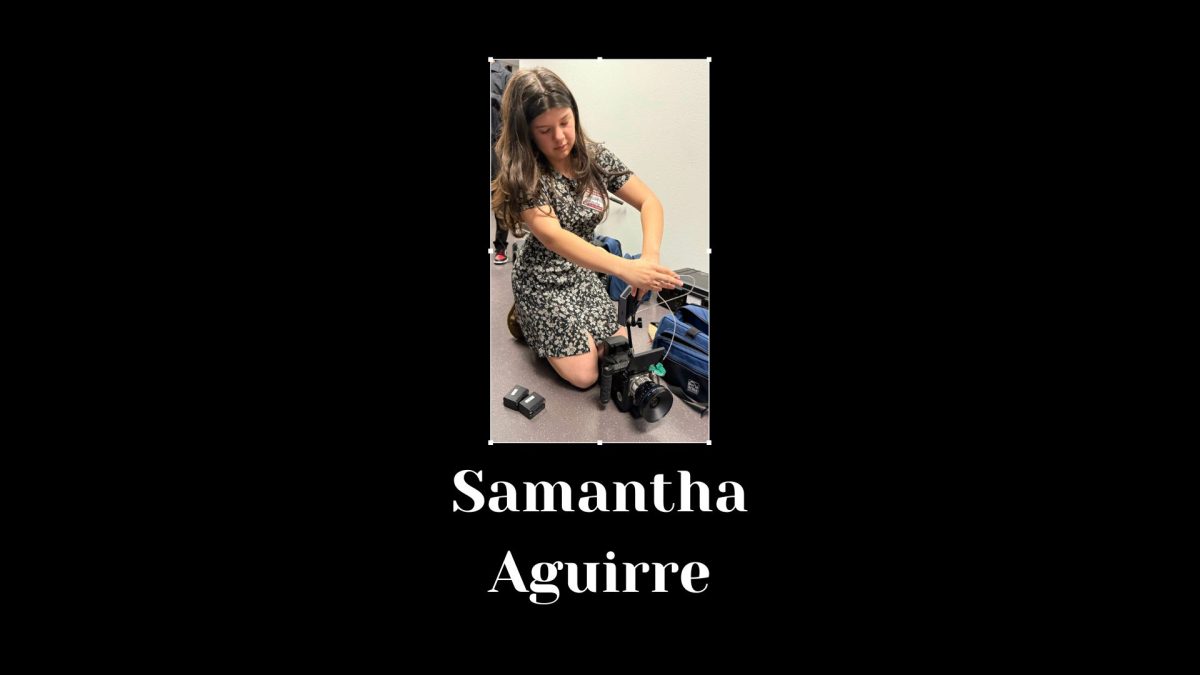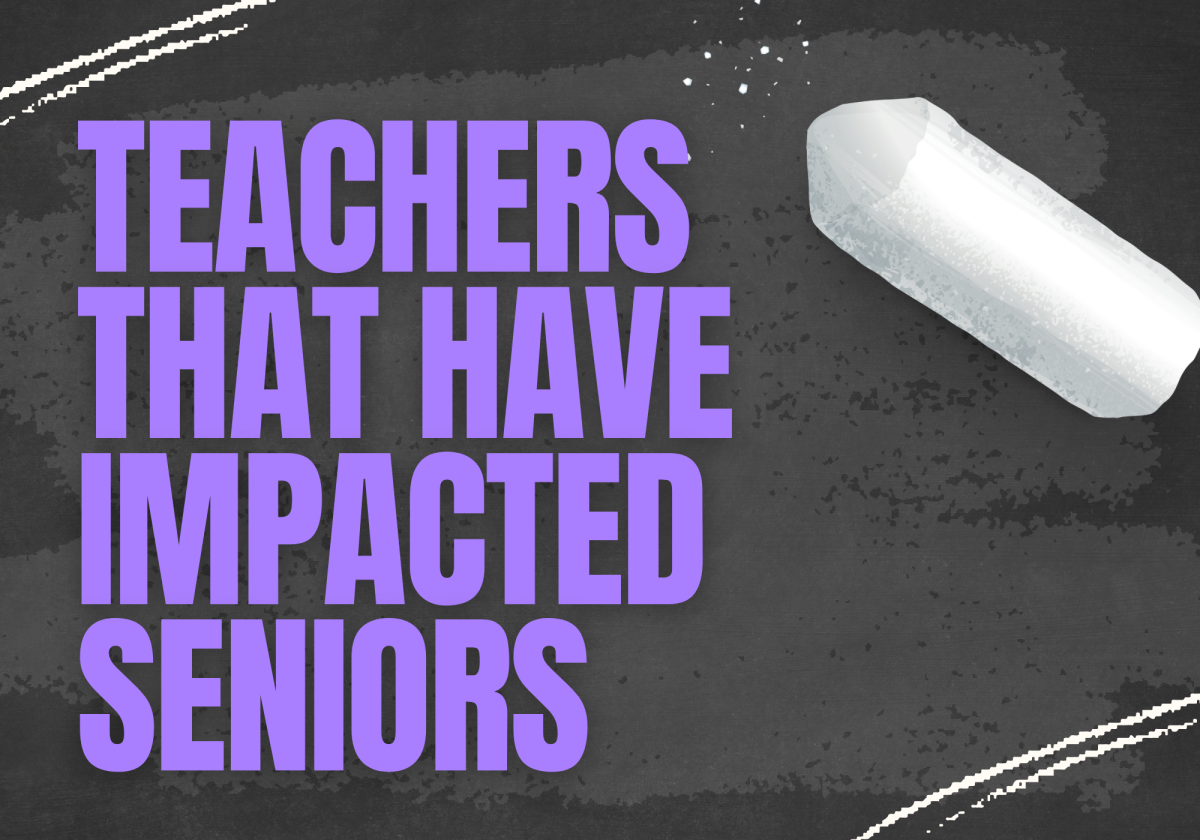In the modern era of endless trends and social media, it makes sense that many companies have made a name for themselves in fast fashion — a term used to describe trendy, cheap, and low-quality clothing, typically made in sweatshops.
Sweatshops are a big problem when it comes to the fashion industry. With the importance of sponsorships fueling influencers’ income, there has been a jump in people telling others to buy things. And while people will pay a good sum of money for classic pieces of clothing, most consumers try to find the newest fashions and latest trends at the best price point.
To keep the prices low, companies use cheap materials and make clothes in countries where workers not only don’t need to be paid as much but also have fewer workplace protections. The working conditions themselves are deplorable.
In an article in World Counts, Lei Ngygen wrote, “In the worst forms of sweatshops, people are forced to work up to 72 hours straight, without sleep. Those complaining are beaten and abused. Cases of physical, sexual, and verbal abuse are common and well documented.”
On top of an abusive work environment, many fast fashion companies also employ the use of child labor to fuel fast fashion. The nonprofit organization UNICEF estimates that there are more than 100 million children affected by worldwide apparel supply chains “as workers, children of working parents, and community members near farms and factories.”
In August of 2024, BBC reported that the fast-fashion company SHEIN revealed that it found two cases of child labor within its supply chain abroad. Since the reports were made public, the company said the issue has been resolved.
But don’t be confused, poor work conditions and sub-par pay don’t just happen in other countries. They also happen here in California. In 2022, the U.S. Department of Labor Wage and Hour Division’s Southern California offices investigated the Southern California garment industry, and the results were shocking. While many of these workers don’t experience the abuse allowed in other countries, most garment workers in the southern California region received substantially less than minimum wage —some earning as low as $1.58 hourly.
Fast fashion does not only affect the workers but also the earth. Companies like Temu, Shein, H&M, and Zara are known for their fast fashion business style, with quality not being a concern for them. They churn out quick styles and are known for their usage of synthetic fibers, like polyester, nylon, and acrylic, which not only are made by fossil fuels, but also are plastic, which is bad when they are put in a landfill. This is even worse because many landfills are nearby, and have a adverse effect on, marginalized communities.
Those living near landfills had high rates of cancer, in particular bladder cancer, and a dramatic increase in low birth rate. There also appears to be a link between living near landfills and childhood leukemia.
The problem is that the people who buy these clothes from fast fashion companies aren’t the same people who make them. While consumers can purchase from environmentally conscious suppliers, many don’t because they want the latest fashions at the cheapest cost.
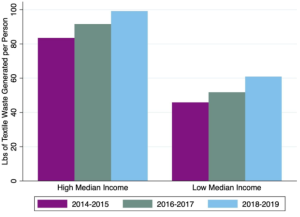
This is not to say that people are bad because they can’t afford to buy ethical clothing, but people should be mindful of their overconsumption of fast fashion because of its harmful effects on the workers and the planet.

